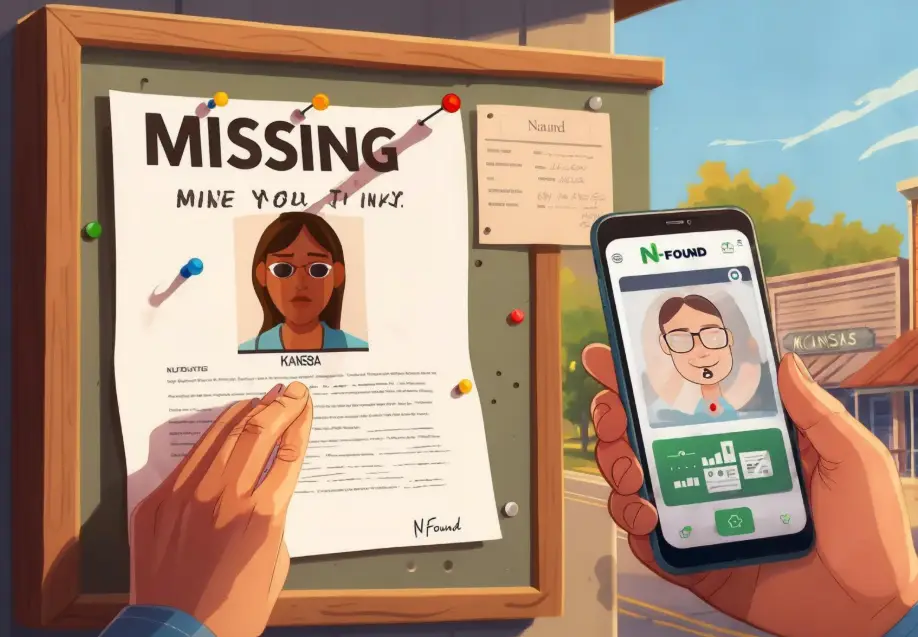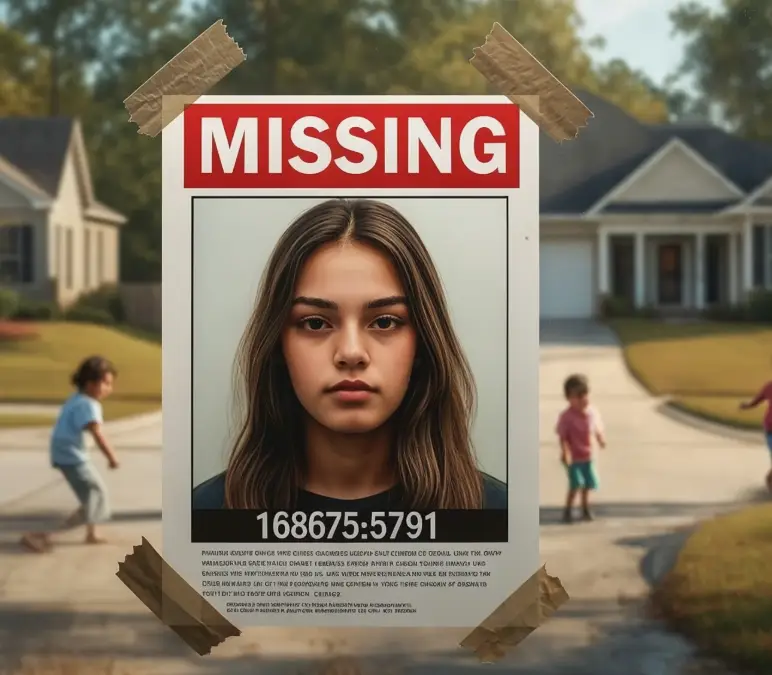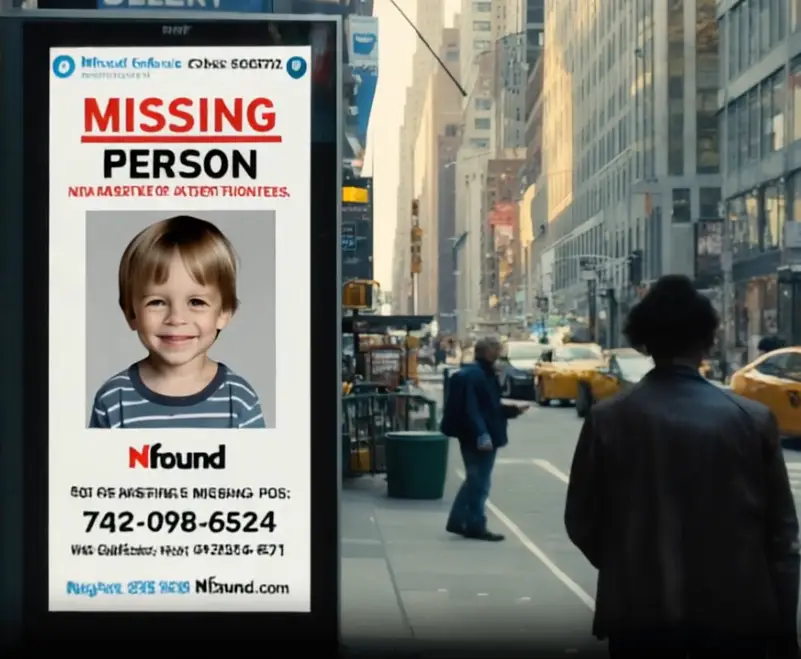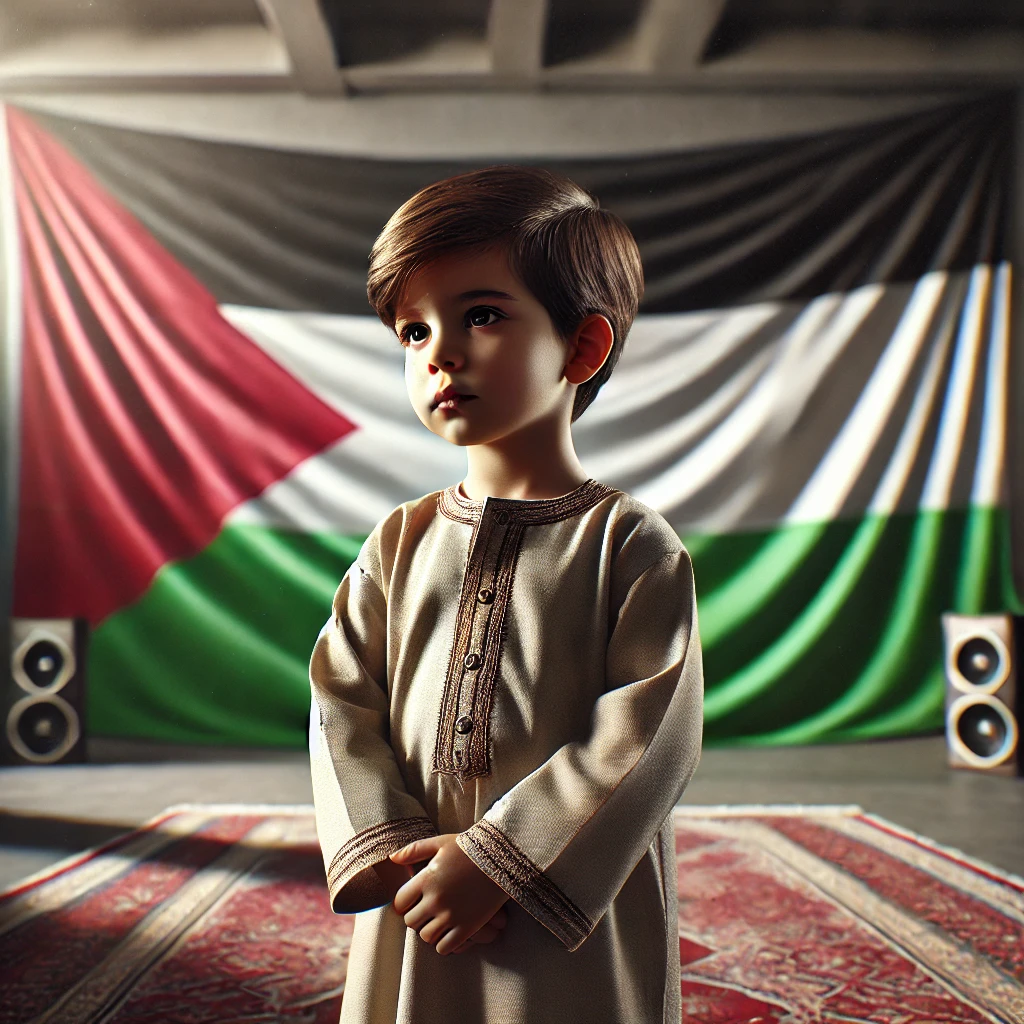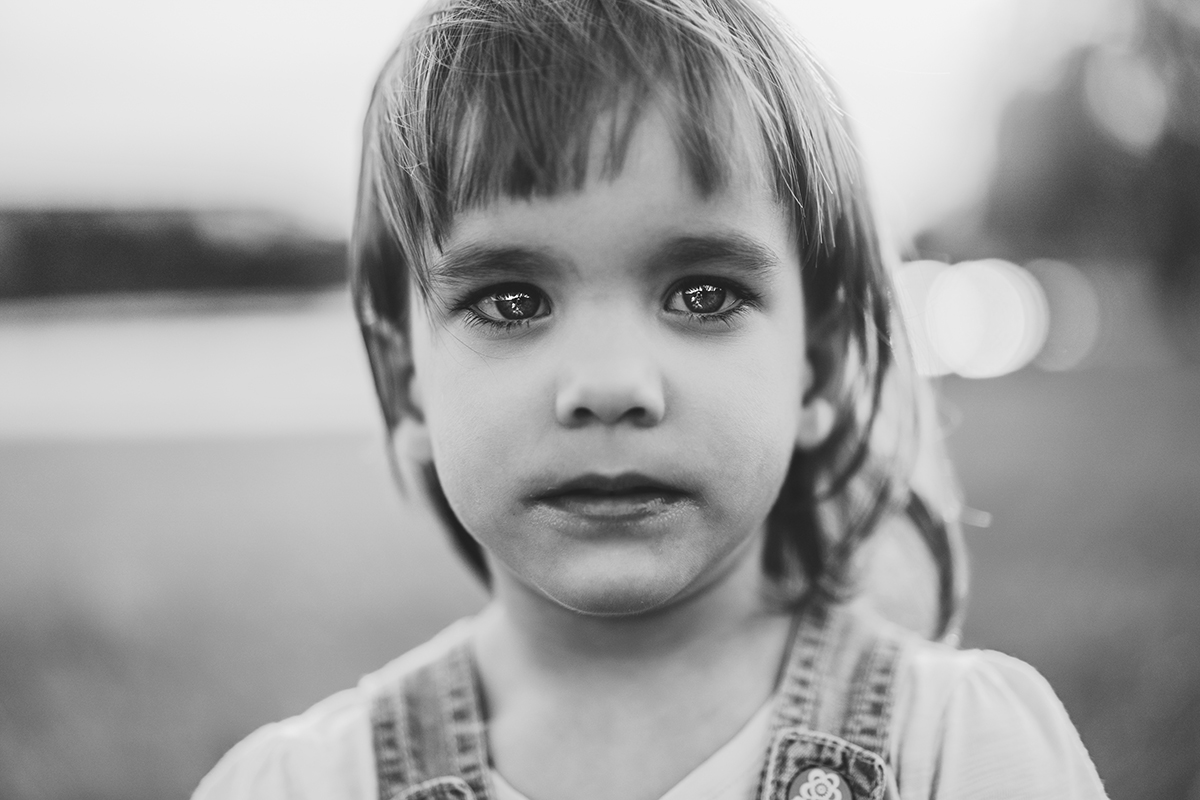Category: for war and disaster victims
-
|by NFound | Company news, for parents, for sexual slavery victims, for teenagers, for war and disaster victims, Lost and Found, parents and loved ones support, Psychology Blog, the child psychologist
How to Leave a Missing Person Notice in Kansas with Nfound
Leave a Missing Person Notice in Kansas. Thousands of people disappear in Kansas every year. Families search desperately, hoping for a safe return. The faster a missing person alert spreads, the better the chances of finding them. Nfound makes it easier to report and locate missing persons efficiently. Leave a Missing Person Notice in Kansas. […]
-
|by NFound | for parents, for sexual slavery victims, for teenagers, for war and disaster victims, Lost and Found, Psychology Blog, Real Story, the child psychologist
The Disappearance of Tristan Yuna Murray: Help Find This Teen
A Mysterious Disappearance Tristan Yuna Murray, a 17-year-old from Montverde, Florida, disappeared on February 5, 2025. At 11:17 PM, she left her home wearing a black long-sleeve shirt, black sweatpants, and a black beanie. After that, no one saw or heard from her again. Her family quickly grew concerned because she had no history of […]
-
|by NFound | Company news, for parents, for sexual slavery victims, for teenagers, for war and disaster victims, Lost and Found, parents and loved ones support, Psychology Blog, Support, the child psychologist
Leave a Missing Person Notice in Alabama: A Critical First Step
Leave a Missing Person Notice in Alabama. When someone goes missing in Alabama, the first action is crucial. Every second counts in the search. A missing person notice can make all the difference. The Nfound app offers a quick and efficient way to spread the word. Whether someone is lost in Birmingham, Huntsville, or in […]
-
|by NFound | Company news, Event, for parents, for sexual slavery victims, for teenagers, for war and disaster victims, Lost and Found, parents and loved ones support, Psychology Blog, the child psychologist
Leave a Missing Person Notice in Colorado: How Nfound Can Help
Leave a Missing Person Notice . When someone goes missing in Colorado, it’s vital to act fast. Whether the person disappears in the busy streets of Denver or in the vast wilderness of the Rocky Mountains, a missing person notice can make a difference. One powerful tool to spread the word is the Nfound app. […]
-
|by NFound | Company news, Event, for parents, for sexual slavery victims, for teenagers, for war and disaster victims, Lost and Found, parents and loved ones support, Psychology Blog, Support, the child psychologist
Leave a Missing Person Notice in Florida: A Quick and Vital Action
Leave a Missing Person Notice in Florida. In Florida, when someone goes missing, every moment counts. Whether it’s a crowded city or a remote beach town, the faster a missing person notice is issued, the greater the chances of a safe return. The Nfound app is the perfect tool for making this notice visible quickly. […]
-
|by NFound | Company news, Event, for parents, for sexual slavery victims, for teenagers, for war and disaster victims, Lost and Found, parents and loved ones support, Psychology Blog, the child psychologist
Leave a Missing Person Notice in New York: How Nfound Can Help
New York is a state of vast opportunities, but it also presents unique challenges. From the crowded streets of Manhattan to the remote areas in the Adirondacks, people can go missing in a variety of settings. In such a large and diverse place, spreading the word quickly is crucial. One of the most effective ways […]
-
|by NFound | Company news, for parents, for sexual slavery victims, for teenagers, for war and disaster victims, Lost and Found, parents and loved ones support, Psychology Blog, Support, the child psychologist
Leave a Missing Person Notice in Nevada: A Key Step in Reuniting Families
Leave a Missing Person Notice in Nevada. When a loved one goes missing in Nevada, the first priority is action. Every minute counts in finding a missing person. One of the most effective ways to begin the search is by leaving a missing person notice. Nevada’s vast landscapes, from bustling cities like Las Vegas to […]
-
The Growing Crisis of Missing Children in Gaza
Missing Children in Gaza. The ongoing violence in Gaza has led to an alarming crisis: thousands of children are reported missing or separated from their families. As of recent data, over 21,000 children have reportedly disappeared or lost contact with their families. Many are feared trapped beneath rubble, forcibly detained, or buried in unmarked graves. […]
-
|by NFound | for teenagers, for war and disaster victims, Lost and Found, Psychology Blog, the child psychologist
Missing children in Ukraine
Missing Children in Ukraine. Since the Russian Federation launched its full-scale invasion of Ukraine, reports of crimes against civilians have surged, with children among the most vulnerable victims. Russian forces have forcibly taken thousands of Ukrainian children from occupied territories, tearing them from their homes and families. The National Information Bureau, which tracks missing, kidnapped, […]
Support programs offer hope and assistance for war and disaster victims. Providing relief, resources, and rebuilding opportunities for those affected. Empowering survivors to heal and rebuild their lives resiliently.
For War and Disaster Victims: Essential Assistance
- Emergency Relief: Providing immediate aid, including shelter, food, and medical care.
- Psychosocial Support: Therapies aid emotional healing and mental well-being.
- Rehabilitation Programs: Skills training for self-sufficiency and reintegration.
Recovery and Rehabilitation
- Livelihood Restoration: Initiatives to help victims regain economic stability.
- Community Rebuilding: Collaborative efforts to reconstruct and strengthen communities.
- Education Opportunities: Supporting access to education for affected individuals.
Urgent Humanitarian Assistance
Immediate Response: Providing essential aid – food, shelter, medical care – to victims.
Psycho-Social Support
Healing Wounds: Addressing emotional trauma, offering counseling, mental health services.
Long-Term Rehabilitation
Rebuilding Lives: Empowering victims to regain independence, rebuild communities.
Education and Livelihood
Empowerment Through Learning: Education and vocational training for sustainable futures.
Conflict Resolution and Peace Building
Breaking the Cycle: Engaging in dialogue, fostering understanding, promoting lasting peace.
Supporting Vulnerable Groups
Special Attention: Assisting vulnerable demographics like children, women, and elderly.
International Cooperation
Global Solidarity: Collaborating across borders to provide comprehensive aid and solutions.
Humanitarian Organizations
Vital Support: Non-governmental organizations and relief agencies providing on-ground assistance.
Conclusion
Amidst the aftermath of war and disaster, our collective efforts can offer victims a chance to rebuild their lives.
